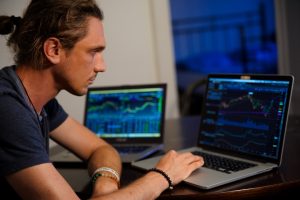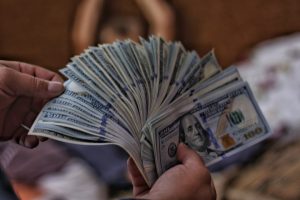Forex, also known as foreign exchange or currency trading, is a highly liquid market that involves buying and selling currencies. The forex market is the largest financial market in the world, with a daily trading volume of over $5 trillion. Forex traders can trade a variety of currency pairs, including majors, minors, and exotics.
Risky assets forex refers to forex trading that involves buying and selling currencies that are considered high risk. These currencies are typically associated with countries that have unstable economies, political turmoil, or high levels of debt. Examples of risky currencies include the Turkish lira, Argentine peso, and South African rand.
Trading in risky assets forex can be highly profitable, but it also comes with significant risks. The volatility of these currencies can lead to sharp price movements, which can result in significant losses for traders. Additionally, the political and economic instability of the countries associated with these currencies can lead to sudden changes in currency values, making it difficult to predict market movements.
To be successful in risky assets forex trading, traders need to have a strong understanding of the political and economic factors affecting the countries associated with these currencies. They also need to be able to analyze market trends and make informed trading decisions based on their analysis.
One of the key factors affecting risky assets forex trading is interest rates. Countries with high-interest rates tend to attract foreign investment, which can lead to an increase in the value of their currency. Conversely, countries with low-interest rates may struggle to attract foreign investment, leading to a decrease in the value of their currency.
Another factor that affects risky assets forex trading is political instability. Countries with unstable governments or frequent changes in leadership can lead to uncertainty in the markets, causing their currency values to fluctuate. Similarly, countries with high levels of debt may struggle to attract foreign investment, leading to a decrease in the value of their currency.
Finally, economic factors such as inflation, unemployment, and GDP growth can also affect the value of risky currencies. High inflation or unemployment rates can lead to a decrease in the value of a currency, while strong economic growth can lead to an increase in the value of a currency.
In conclusion, risky assets forex trading involves buying and selling currencies associated with countries that have unstable economies, political turmoil, or high levels of debt. While it can be highly profitable, it also comes with significant risks due to the volatility of these currencies and the political and economic instability of the countries associated with them. To be successful in risky assets forex trading, traders need to have a strong understanding of the political and economic factors affecting these currencies and be able to analyze market trends to make informed trading decisions.





